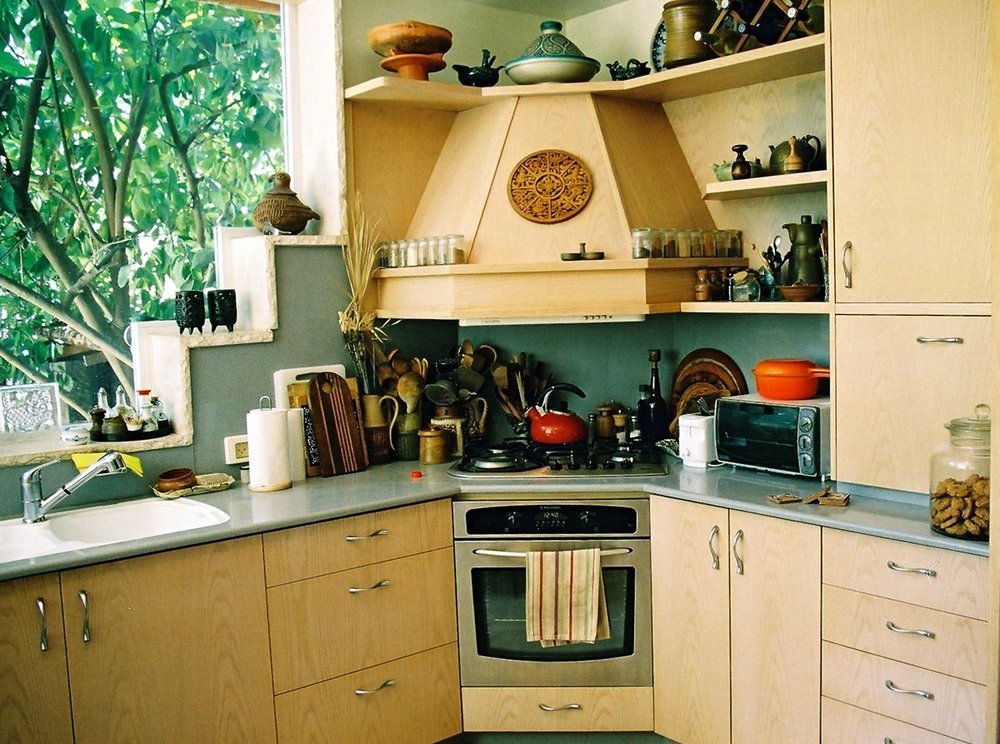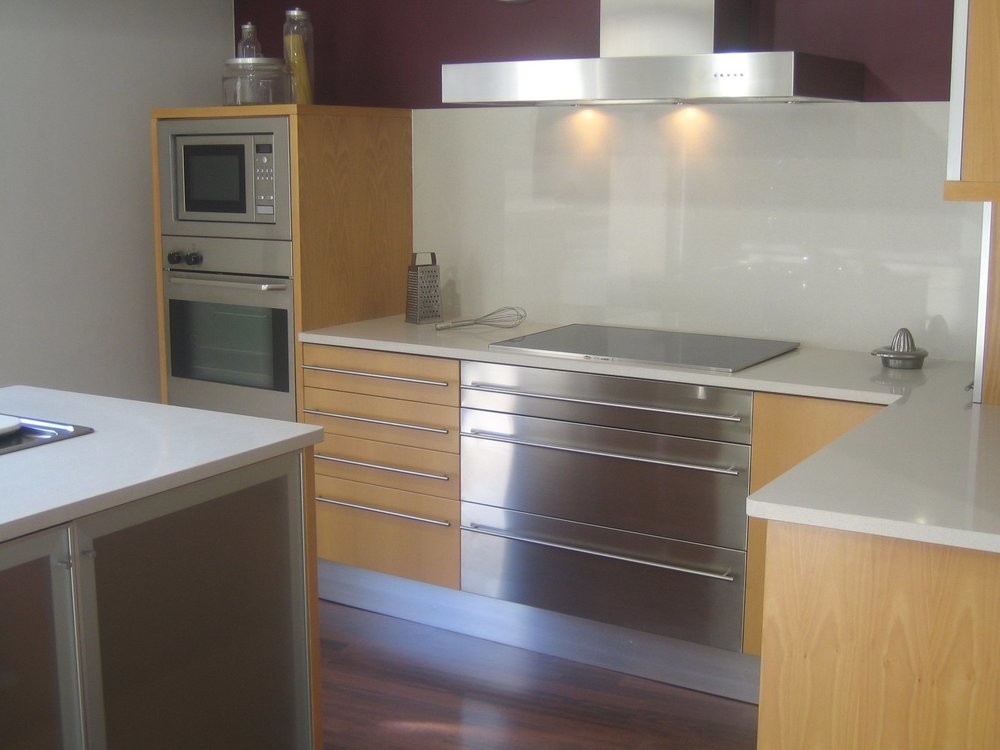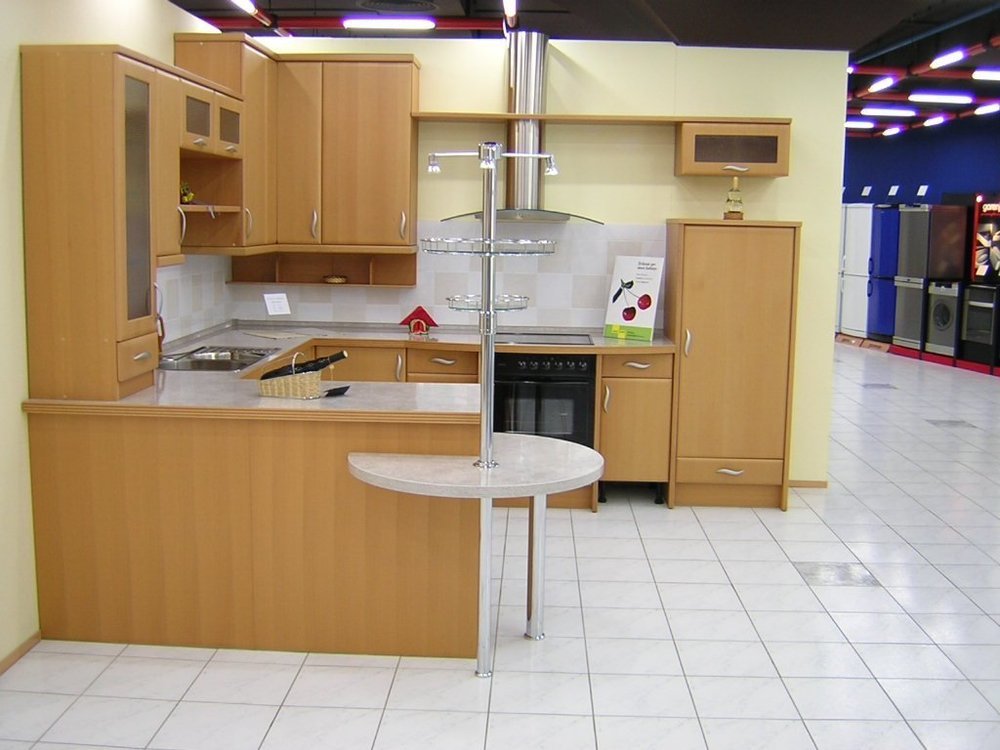 Kitchen Projects
Kitchen Projects
Hygiene Considerations
A kitchen has to be constantly cleaned to keep the owner safe from bacteria and other contaminations. This is the reason why these areas usually have surfaces that are easily wipeable. Some designers like to think outside of the box and invent new quirky themes. However, if they involve challenging to clean surfaces, then it is better to rethink the strategy.
For example, if the designer decides to go for carpeting, it will mean that the kitchen owners can no longer mop the floor. Treating it with bleach will be out of the question as this will damage the fibres. For this reason, even the most unusual kitchen designs tend to utilise linoleum or tiled flooring.
Home or Business
Home kitchens will have more leeway in terms of design elements. However, if the kitchen belongs to a restaurant, then it needs to conform to rules and regulations. There is currently a system in place that uses food hygiene star ratings to rank the cleanliness of establishments. Inspectors will look out for any issues and factor them in when allocating the business its star number.
Different Areas
Aside from the floor, there are other parts of the kitchen that need to be quickly disinfected. This will include the counters where food is prepared. In modern times many designers like to utilise wood. However, the surface of this material is sometimes porous and can trap bacteria within it. This poses a significant health hazard, especially when meat is prepared.
The walls and even the ceiling have to be easily wipeable. This is because food may sometimes splash onto these areas and accumulate. Furthermore, condensation can form and lead to the growth of mould. When these factors are taken into consideration, it means that designers have a lot of complicated issues to think about.
Potential Damage to Areas
Bleach is one of the most prevalent types of chemicals utilised when cleaning a kitchen. The problem is that it can damage or discolour many different surfaces. Consequently, designers need to choose materials that can withstand long term exposure to it. Bleach will likely make contact with kitchen areas daily. This is one of the main reasons why many designers prefer colour schemes where whites and creams are prevalent.


